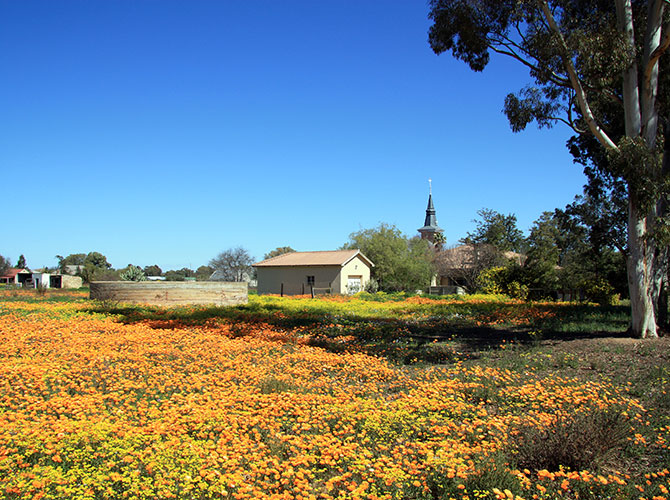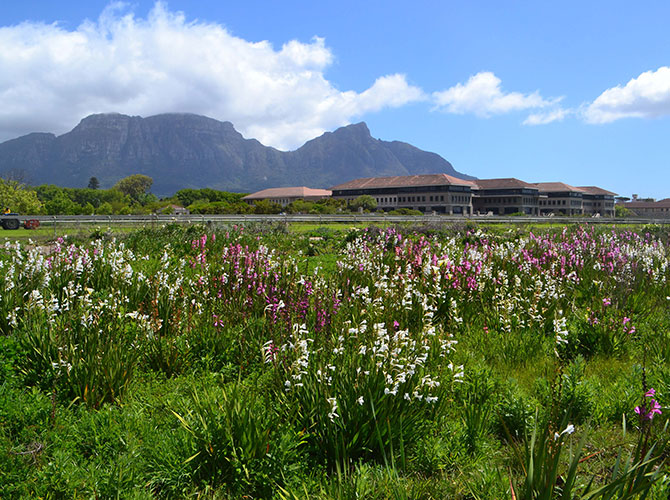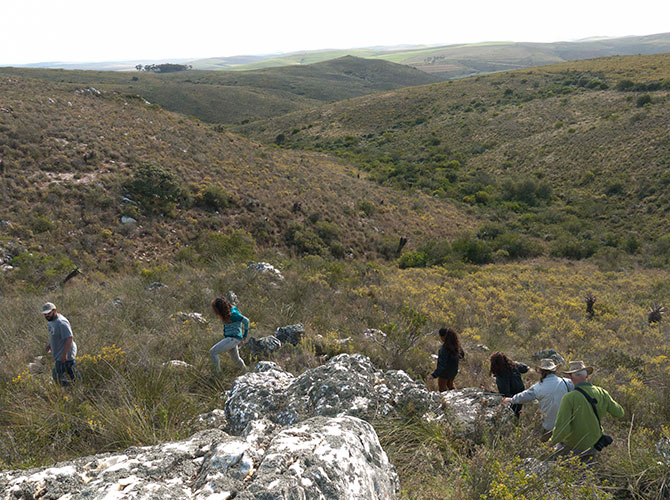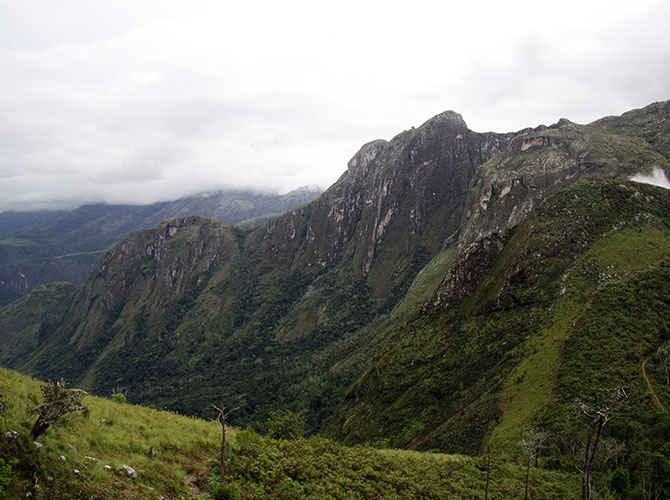
by Zoë Poulsen - Cape Town Botanist | Dec 1, 2015 | Botanic Gardens, Conservation, Ecology, Endangered Species, Ethnobotany, Geophytes, Landscape History, Namaqualand, Renosterveld, Succulent Karoo, Travel
“I’m chilling in the tent…..in both senses”. Camping on Namaqualand’s Bokkeveld Plateau in August is not for the faint hearted or those lacking in strong constitution as we were soon to discover! At that time of year it is COLD! Snow on the nearby Hantamsberg is not uncommon in winter and spring and known locally as ‘kapok’ meaning cotton in Afrikaans.

by Zoë Poulsen - Cape Town Botanist | Nov 29, 2015 | Cape Flats Sand Fynbos, Cape Floristic Region, Cape Peninsula, Conservation, Ecology, Endangered Species, Fire, Fynbos, Geophytes, Landscape History
The City of Cape Town is one of South Africa’s largest urban areas. It is also one of the country’s greatest conservation challenges. The Cape Peninsula, at the south-western tip of the African continent, on which Cape Town has been built happens to be one of the world’s biodiversity hotspots. The Peninsula is home to a total of 2285 plant species, of which 7% are endemic and therefore occur nowhere else on earth.

by Zoë Poulsen - Cape Town Botanist | May 1, 2015 | Cape Floristic Region, Conservation, Ecology, Endangered Species, Fire, Geophytes, Renosterveld, Research
Renosterveld is also part of South Africa’s Fynbos Biome and the CFR. However, it is notably different from Fynbos vegetation in several ways. Firstly in contrast to fynbos it occurs on relatively fertile soils, predominantly derived from shales although can also occur on silcretes and other lithologies. Members of the three dominant plant families in fynbos: the Restionaceae, Proteaceae and Ericaceae are mainly absent and instead renosterveld is dominated by shrubs predominantly from the Asteraceae family as well as various C3 grasses and C4 grasses.

by Zoë Poulsen - Cape Town Botanist | Mar 3, 2015 | Cape Floristic Region, Cape Peninsula, Conservation, Ecology, Fire, Fynbos, Geophytes, Mountains, Table Mountain
In the Mother City the mountains are ablaze. It is late summer. Four days ago the fire started in Farmer Peck’s Valley adjacent to the seaside suburb of Muizenberg, known for its surf and sharks. Sitting here at home it is 42°C and the sound of helicopters are a constant background alongside the low hum of the city of Cape Town going about its daily business. The fire spread quickly and gained strength owing to strong southeaster winds typical of Cape summer weather grounding helicopter crews and leaving ground-based fire teams to fight the blaze.

by Zoë Poulsen - Cape Town Botanist | Jan 7, 2015 | Conservation, Ecology, Endangered Species, Ethnobotany, Fire, Forest, Hiking, Mountains, Travel
Sometimes living life on a student budget drives one to do things a little out of the ordinary in the name of travel and exploration. One of the university societies that has inspired and challenged me the most is the University of Cape Town’s Mountain and Ski Club. It is one of the largest mountain clubs in Africa, second only to the Cape Town branch of the MCSA. One of its core philosophies is to encourage and support its members in exploration of the diverse and exquisitely beautiful mountain ranges of the Southern African subcontinent.

by Zoë Poulsen - Cape Town Botanist | May 26, 2014 | Botanic Gardens, Conservation, Endangered Species, Kirstenbosch, Research
This week Notes from a Cape Town Botanist is reporting from the Northern Hemisphere in order to bring you the lowdown on some of the world class and ground-breaking work to conserve the Cape flora going on in other parts of the world. Far away from the green and pleasant land of Sussex in the south-east of England, 7,000 miles away one of the world’s biggest biodiversity disasters is quietly unfolding down in South Africa’s Cape Floristic Region (CFR).






